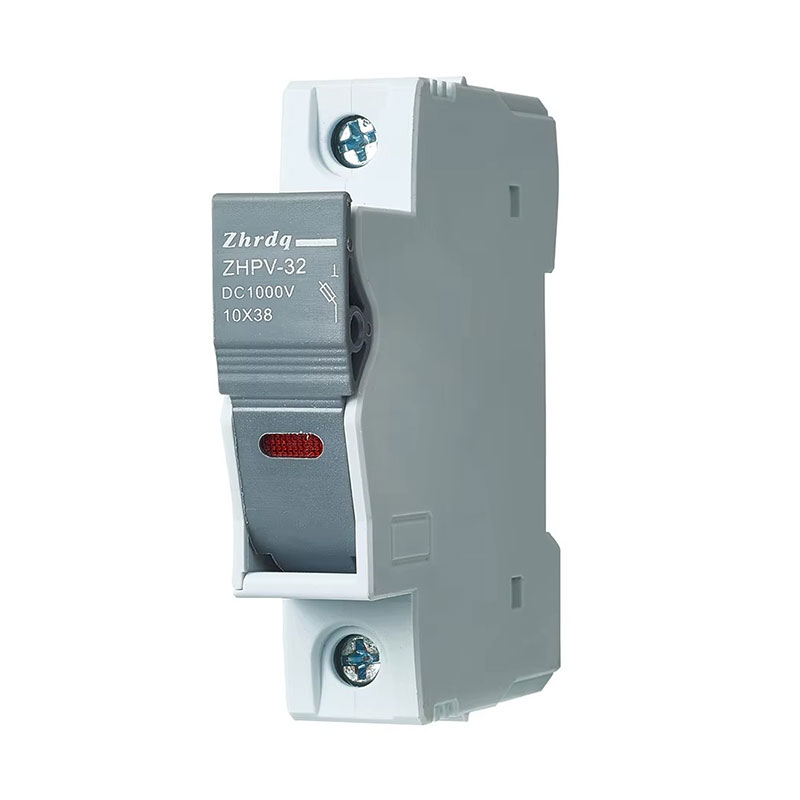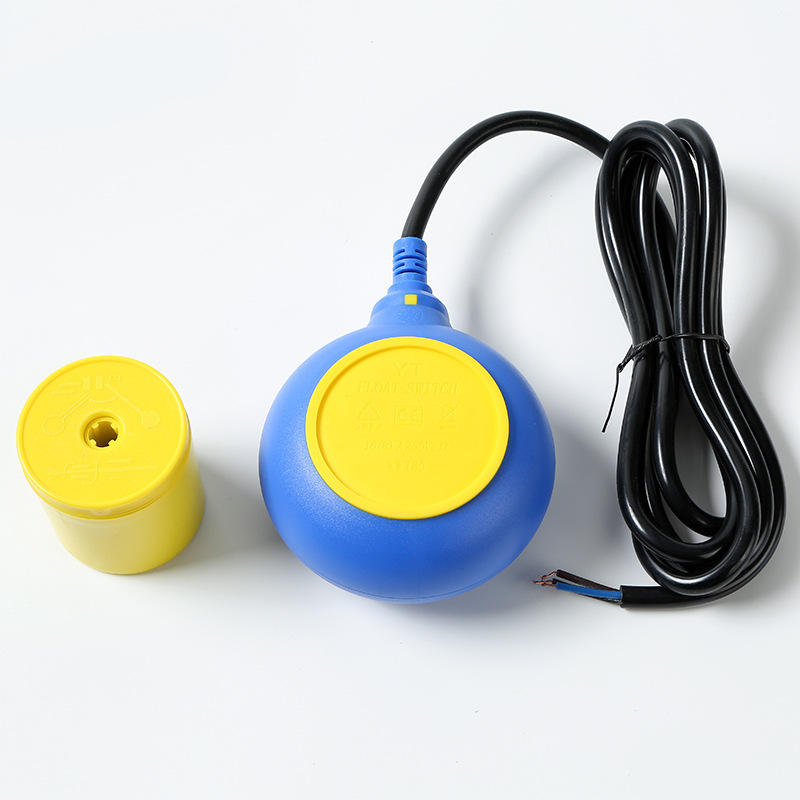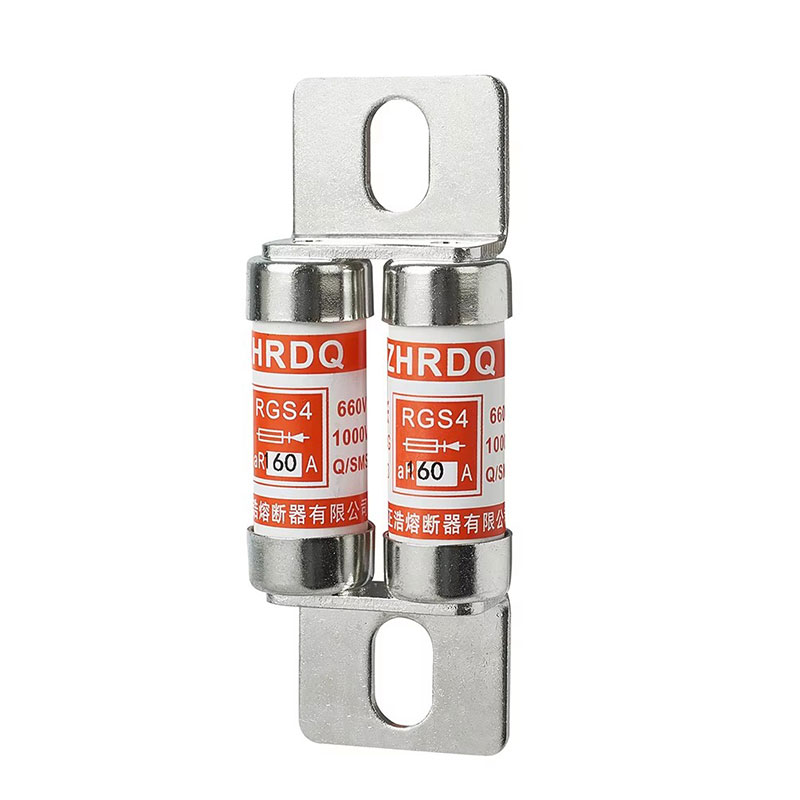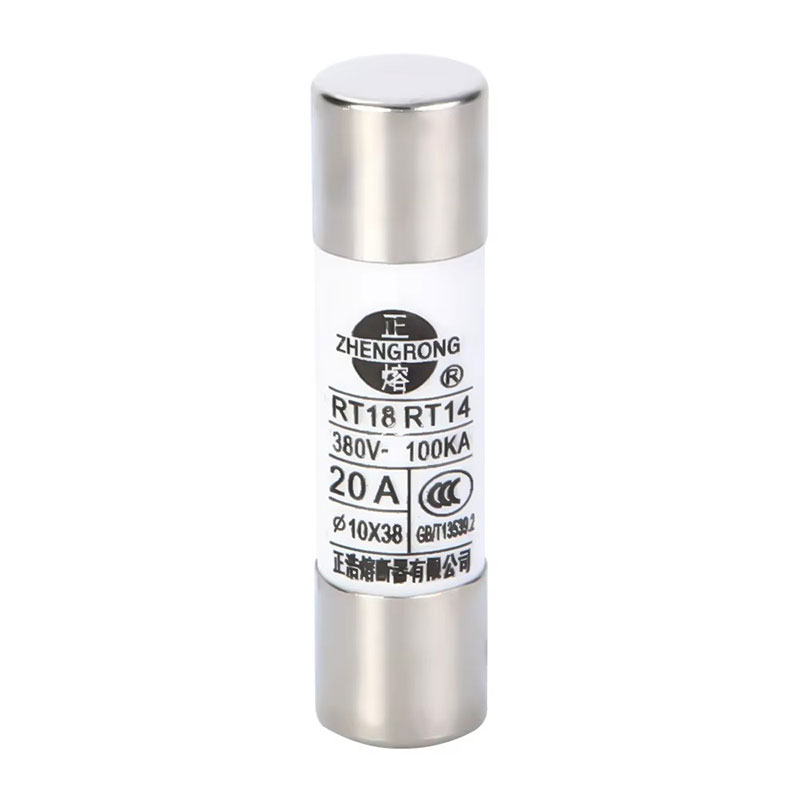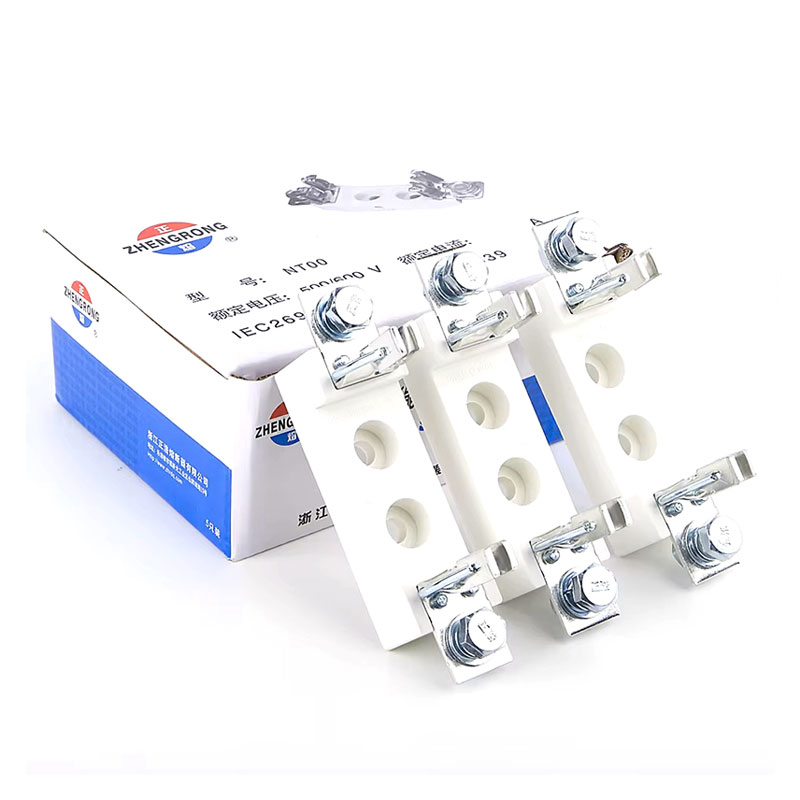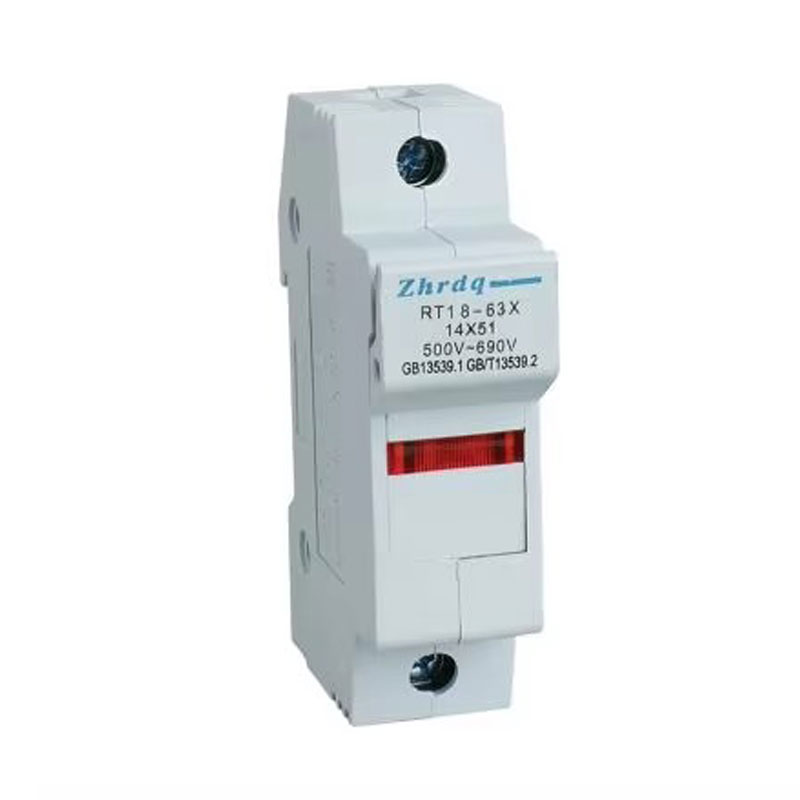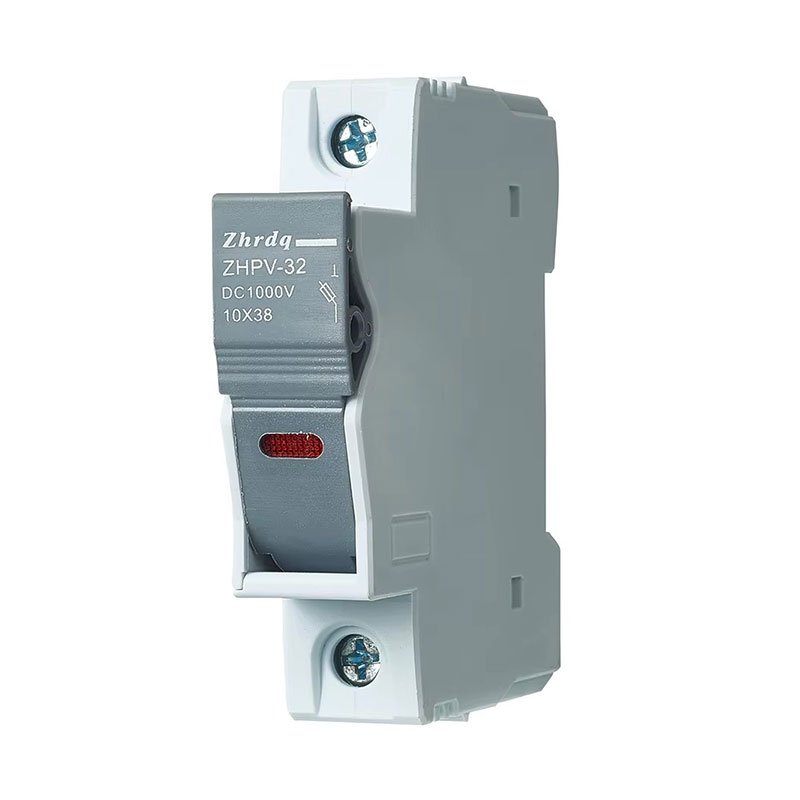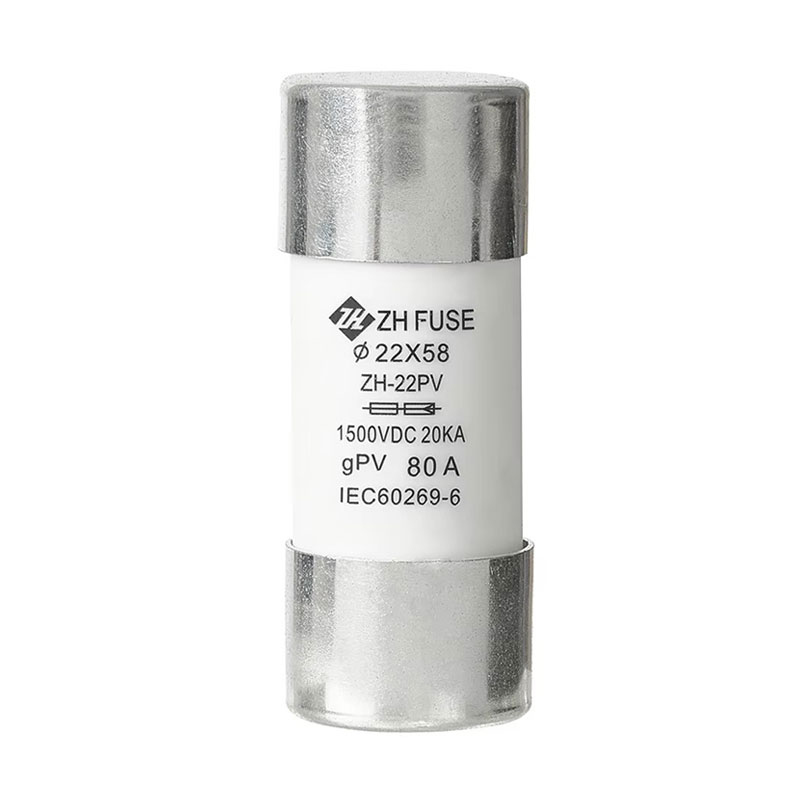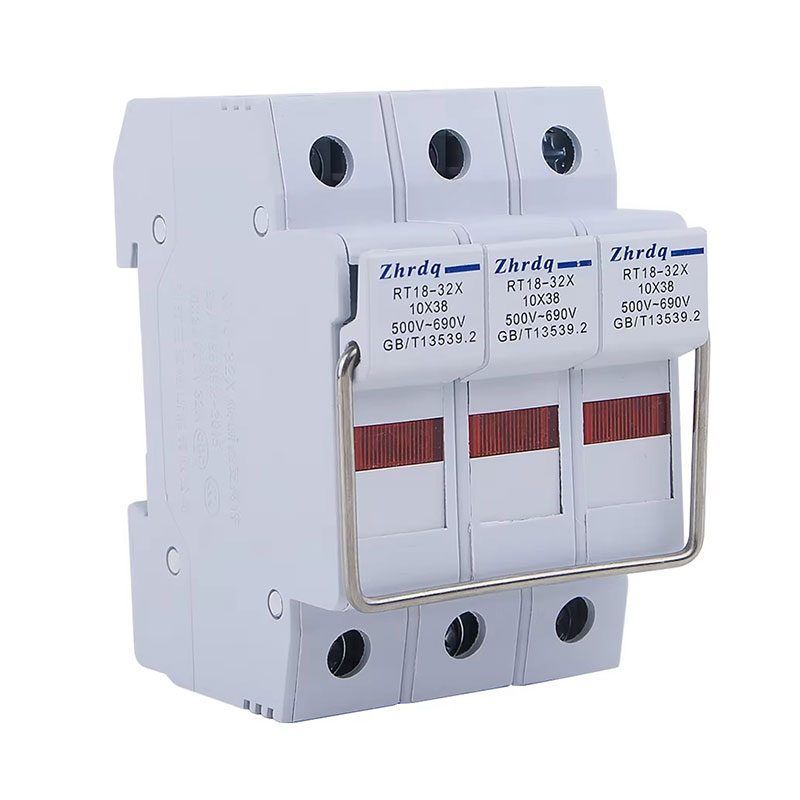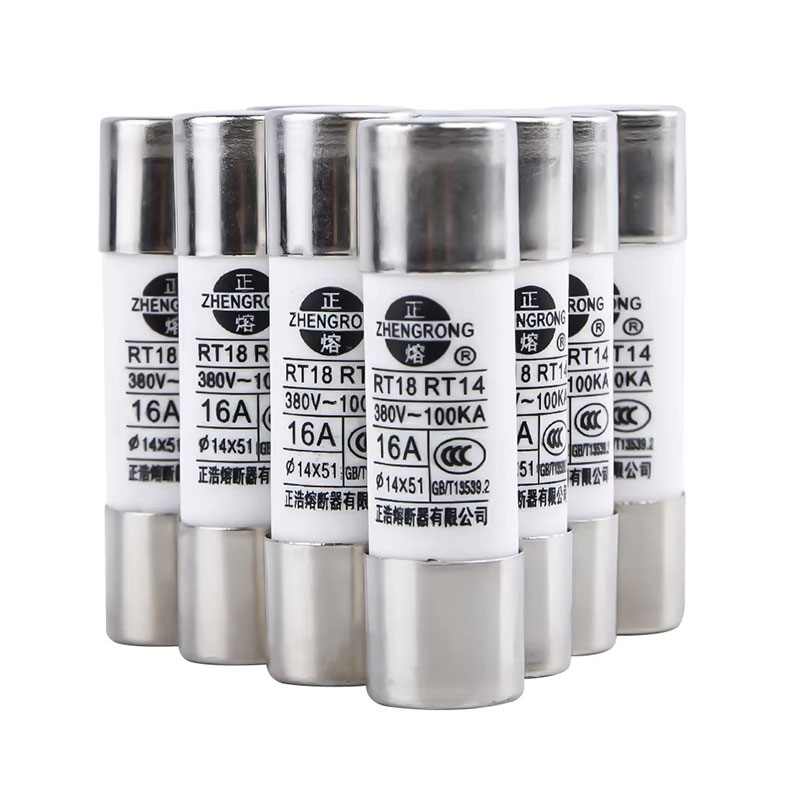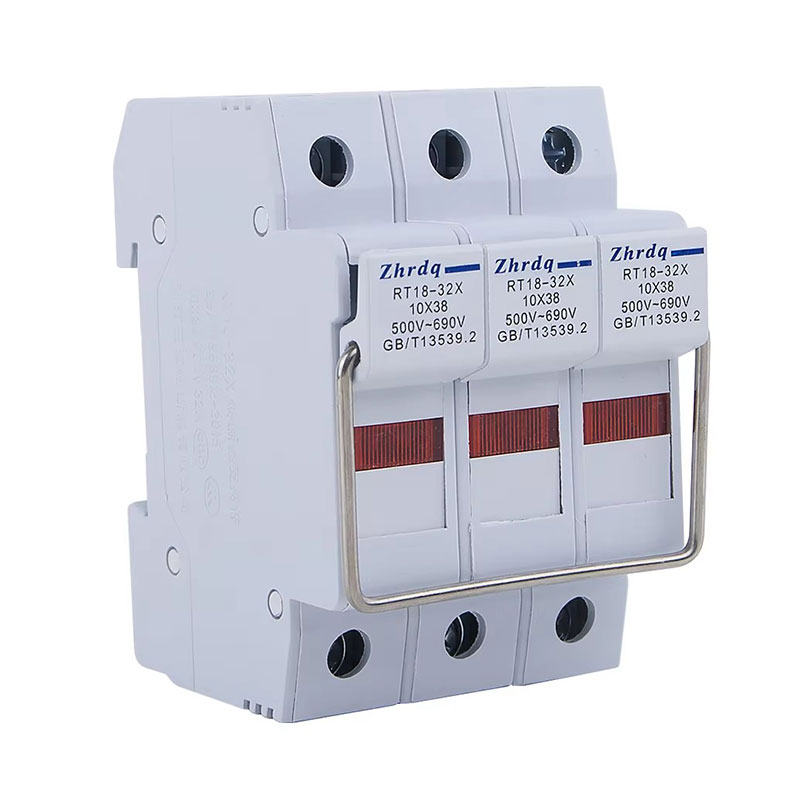What are the application conditions of Photovoltaic DC fuse?
As the scale of domestic photovoltaic installations continues to expand, the demand for DC side circuit protection has increased significantly. Recently, a number of photovoltaic equipment manufacturers have released technical white papers on the application conditions of DC fuses, emphasizing that product selection needs to comprehensively consider environmental adaptability, electrical parameter matching and long-term reliability, which has aroused heated discussions in the industry.
Environmental tolerance has become a core indicator
In a large-scale ground photovoltaic power station project in the northwest, technicians found that extreme temperature differences and dusty environments put higher requirements on fuse performance. According to industry experts, photovoltaic DC fuses must meet the operating temperature range of -40℃ to +100℃ and have a protection level of IP67 or above to cope with complex scenarios such as high altitude, humidity or salt spray corrosion. The head of a leading enterprise revealed that its new generation of fuses has been tested in desert areas for three consecutive years, and the failure rate has dropped by 60% compared with traditional products.
Electrical parameter matching needs to be accurate
The latest report from the National Energy Administration pointed out that with the popularization of bifacial components and 1500V systems, the short-circuit current on the DC side has increased significantly, and the rated breaking capacity of the fuse needs to cover 20kA to 30kA. The technical director of an inverter manufacturer in Jiangsu said: "The maximum reverse current of the component array must be considered simultaneously when selecting. If the rated current of the fuse is lower than 1.56 times Isc, it may cause the risk of false fuse." In addition, the voltage level needs to match the system design. The current mainstream products have covered the 1000V to 1500V voltage platform.
Intelligent operation and maintenance give birth to new standards
In a distributed photovoltaic project in Zhejiang, the operation and maintenance team achieved real-time monitoring through the built-in temperature sensor of the fuse, and successfully warned of 3 potential faults. Industry insiders believe that with the acceleration of the construction of smart photovoltaic power stations, fuses with status monitoring functions will become a trend. The China Photovoltaic Industry Association also recently stated that it is taking the lead in formulating a group standard for DC side protection equipment, and plans to extend the anti-aging test time from 1000 hours to 2000 hours.
Market analysis agencies predict that the global photovoltaic fuse market will exceed 5 billion yuan in 2025, of which products with full-scenario adaptation capabilities will account for 70%. How to strike a balance between cost and performance remains the key direction for collaborative research between upstream and downstream of the industry chain.
- Why Your Solar Array's Safety Hinges on Choosing the Right Photovoltaic DC Fuse
- What Makes Float Switches the Key to Smarter and Safer Liquid Level Control in Modern Industries?
- How Does a Cylindrical Fuse Protect Electrical Systems?
- Why Cylindrical Fuses Are the Core of Modern Electrical Protection Systems?
- Why Choose a Screw Type Fuse Over Other Fuse Types
- Constantly having circuit protection issues?


